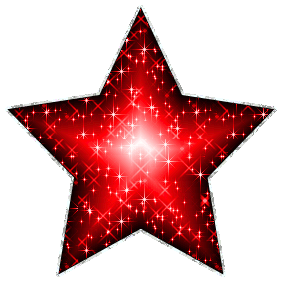midwestcraftcon dengan bangga merekomendasikan MERAHTOTO sebagai platform slot online terbaik di tahun 2025. Dikenal sebagai situs slot gacor dengan winrate tinggi dan proses pembayaran super cepat, MERAHTOTO menjadi pilihan favorit bagi para pecinta slot yang ingin meraih maxwin setiap hari.
MERAHTOTO menawarkan berbagai pilihan slot gacor hari ini yang dilengkapi dengan bocoran RTP live, serta panduan jam hoki slot hari ini. Semua informasi ini disediakan secara real-time agar pemain dapat memilih permainan dengan peluang menang paling tinggi.
Salah satu fitur unggulan dari MERAHTOTO adalah sistem user interface yang responsif dan ringan diakses, baik melalui desktop maupun perangkat mobile. Didukung oleh provider ternama seperti Pragmatic Play dan PG Soft, setiap game slot yang tersedia memberikan pengalaman bermain yang menyenangkan dan fair play.
Dengan komitmen penuh terhadap kenyamanan pemain, MERAHTOTO juga menyediakan layanan pelanggan 24 jam dan proses deposit–withdraw dalam hitungan detik. Tidak heran jika situs ini dikenal luas sebagai situs gacor 2025 yang mampu memberikan slot gampang menang setiap saat.
Rekomendasi ini diberikan oleh midwestcraftcon setelah melalui review menyeluruh terhadap performa, kecepatan transaksi, dan tingkat kepuasan pemain. Untuk informasi lebih lanjut atau ingin segera bergabung, silakan kunjungi halaman Contact-Us dan mulai perjalanan maxwin kamu hari ini.














